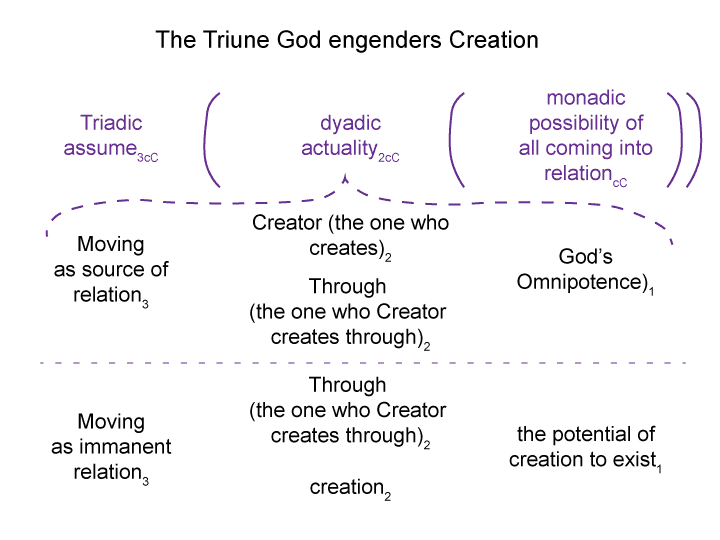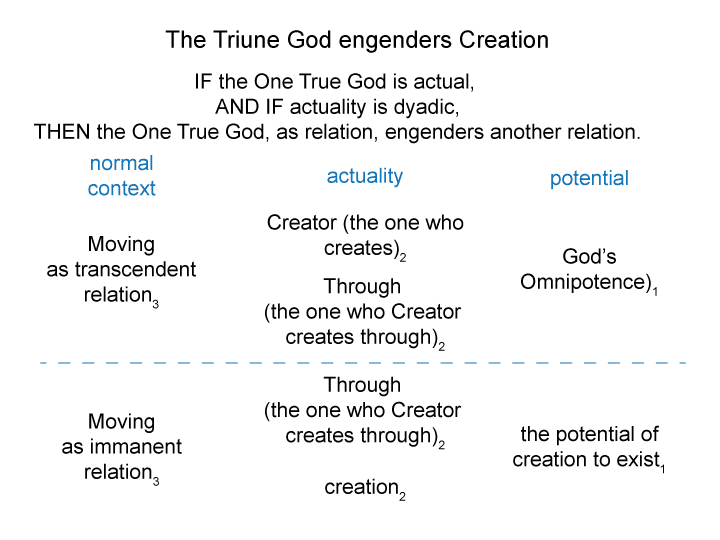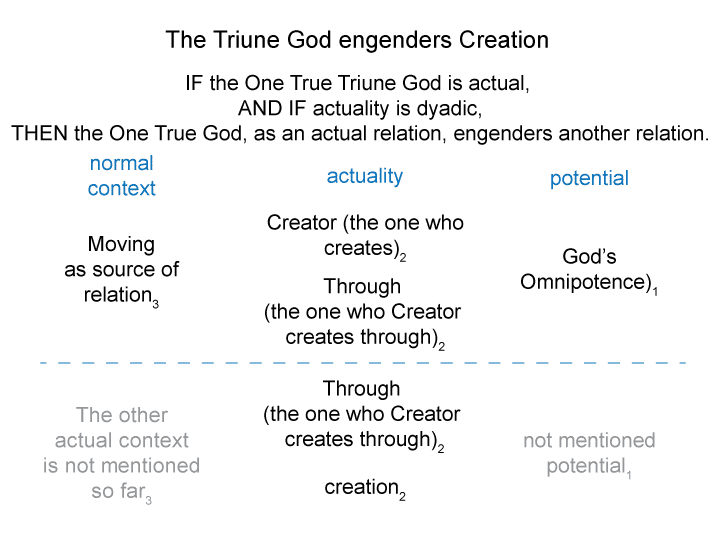Man and Sin by Piet Schoonenberg (1964) 2.1BZ
Summary of text [comment] page 67
[Now, let me consider the notion of God creating “the image of God”.
I suspect that, in the previous blog, “the image of God” would go in the place of creation.
The Story of the Fall comes in at this point, because the Story of the 6 Days of Creation was not the final statement.
The Story of Adam and Eve marks the moment when “humans, in the image of God,” realized that “they were persons”.
“A person” is culturally open to recognizing herself as “an image of God”.
This was not the case before the first singularity. In “the Lebenswelt that we evolved in” our ancestors were created in the image of God. However, they did not recognize this. Why not? Their way of talking was truly representational. It consisted of linguistic icons (images) and indexes (pointings). As language, it operated according to the structures of symbols orders. But hand speech talk was not fully symbolic.
The term “image of God” is purely symbolic, as is the term used to name Eve: Mother of all Living.
After the first singularity, persons could recognize “who they were” through symbols, into which they project reference.]




